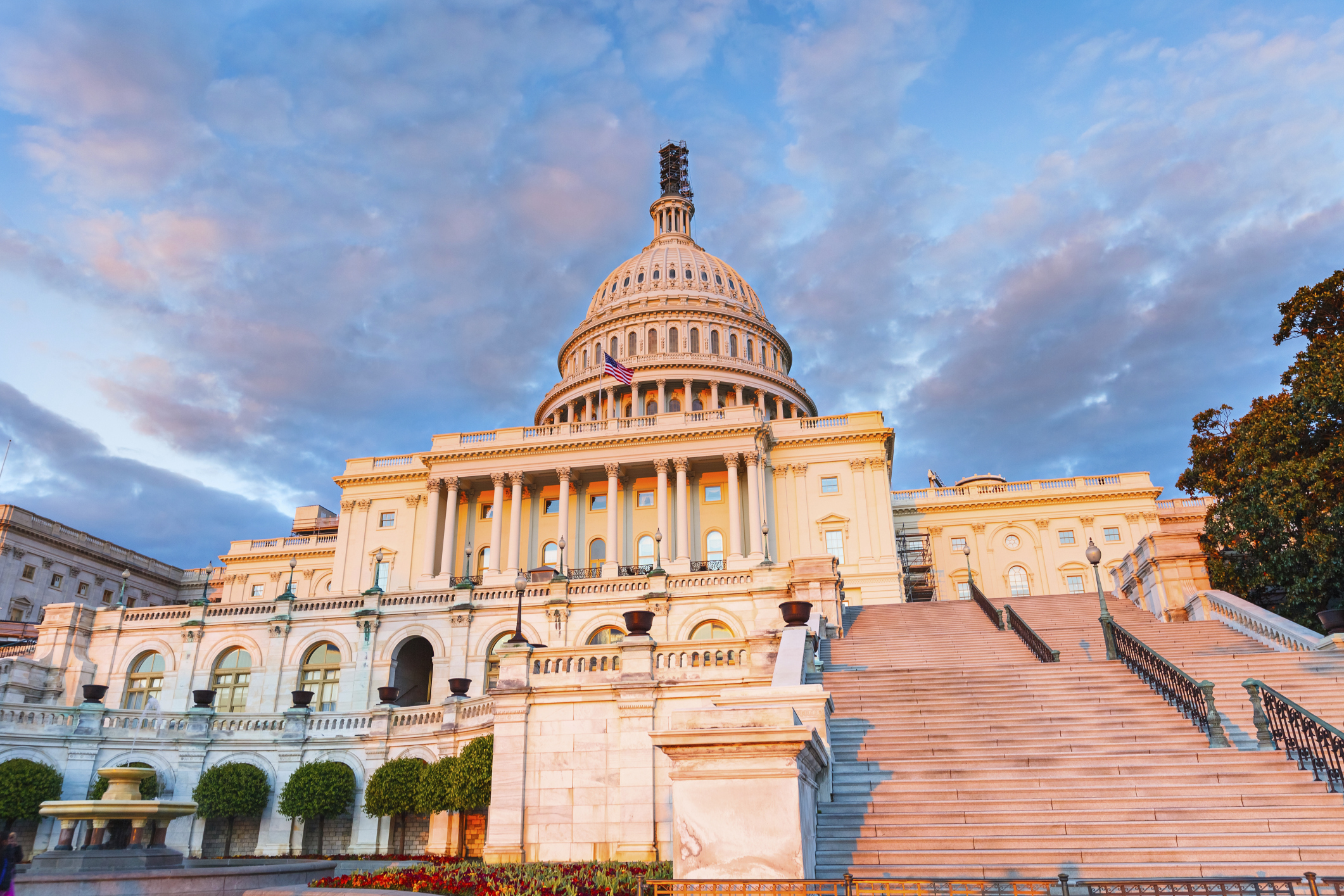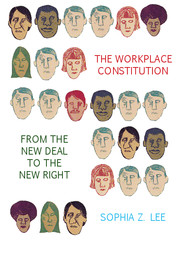
The Constitution is distinct and alive in the administrative state.
Most Americans lack constitutional rights at work. Instead of enjoying free speech or privacy, employers can fire them for almost any reason or no reason at all.
This outcome was far from inevitable. Instead, as my new book, The Workplace Constitution from the New Deal to the New Right, shows, American workers have a long history of fighting for such rights. Beginning in the 1930s, advocates from the civil rights movement sought constitutional protections against racial discrimination by employers and unions. At the same time, the conservative right-to-work movement contended that the Constitution protected workers from having to join or support unions.
Those two movements, with their shared aim of extending constitutional protections to American workers, were a potentially powerful combination. The Workplace Constitution analyzes both movements’ interlocking fights to win constitutional protections for American workers, recounts their surprising successes, and explains their ultimate failure.
In the book, I make three primary arguments. First, I argue that conservative civil rights litigation grew up alongside, rather than followed from, that of the liberal civil rights movement. Second, I demonstrate that advocates for African Americans’ civil rights did not abandon black workers’ constitutional claims to workplace rights in the 1950s, as is currently thought. Instead, advocates continued to pursue these claims into the 1970s. But their efforts were shaped and circumscribed by conservative constitutional campaigns for the right to work and against affirmative action. Lastly, and perhaps of greatest interest to readers of The Regulatory Review, I argue that a complete understanding of constitutional history requires examining the work not only of judges but also of bureaucrats and agencies.
 The Workplace Constitution demonstrates that federal agencies have played an important but underappreciated role in interpreting and implementing the Constitution. The book examines in depth the National Labor Relations Board (NLRB), Federal Communications Commission, and Federal Power Commission. Here, I focus on the NLRB and highlight four of the surprising insights its history provides into agencies’ constitutional practices.
The Workplace Constitution demonstrates that federal agencies have played an important but underappreciated role in interpreting and implementing the Constitution. The book examines in depth the National Labor Relations Board (NLRB), Federal Communications Commission, and Federal Power Commission. Here, I focus on the NLRB and highlight four of the surprising insights its history provides into agencies’ constitutional practices.
First, civil rights advocates did not foist constitutional duties on the NLRB; instead,, those duties were recognized from within. In 1945, the Board’s Chief Trial Examiner first found that the Constitution limited the Board’s ability to recognize a racially segregated union as the representative of an interracial bargaining unit. None of the parties in that dispute had made constitutional arguments to the Examiner (thereafter, however, those kinds of arguments became a staple of civil rights advocacy before the Board).
Second, the NLRB had a strong constitutional conscience. The Chief Trial Examiner was not a rogue member of the agency’s staff. In 1946, the NLRB’s annual report recognized that the agency had a duty to implement its organic statute in keeping with the Constitution’s commands. Although the Board ultimately disagreed with its Chief Trial Examiner that recognizing segregated unions was unconstitutional, the NLRB’s annual report at the time identified other Board policies that implemented the Fifth Amendment. After the Supreme Court decided in 1954 that segregated public schools violated equal protection, the Board, on its own accord, revisited its policies to determine whether they should be revised in light of this dramatic change in constitutional law. (A forthcoming article by Karen Tani uncovers a similarly robust constitutional conscience at the U.S. Social Security Administration during this period, suggesting this was a general feature of federal agencies at mid-century.
Third, agencies reached constitutional conclusions that the Court would not. In 1964, the NLRB found that it unconstitutionally involved itself with private discrimination by merely sanctioning or tolerating discrimination by the unions it regulated. This theory had underwritten the Board’s constitutional policies since the 1940s, but the Board had never stated it so explicitly and publicly before. Although the Board cited Supreme Court decisions in support, this theory of state action had been rejected during the early 1960s by the Attorney General, Solicitor General, Congress, and the Supreme Court. Even more remarkably, after the Supreme Court issued decisions further narrowing the ambit of state action in the early 1970s, the Board continued to expand its antidiscrimination policies based on its sanctioning theory of state action.
Fourth, the Board’s searching debate and lengthy internal deliberations over matters of principle produced the NLRB’s constitutional policies. The Board’s implementation of the Constitution was far more policy-focused than any court’s would be. For instance, in the early 1970s, Board members agonized over how to translate equal protection into the nitty-gritty details of agency procedure. But Board members also engaged seriously with matters of constitutional principle. For example, during the 1950s through the 1970s, they divided over how to resolve a conflict between the Constitution, as interpreted by the Supreme Court, and an express direction from Congress. One camp on the Board held that the agency’s duty was first and foremost to Congress. The agency should thus assume that the laws Congress passed were constitutional until directly told otherwise by the Court. The competing camp held that the agency had a duty to interpret its organic statute in light of the Constitution’s commands, even if these conflicted with an express statutory provision.
Scholars today debate when, if ever, agencies should interpret the Constitution differently than the Court and whether they should interpret their organic statutes to avoid constitutional problems. Answering these questions requires knowing whether agencies can be trusted to take constitutional interpretation seriously. Agencies’ past practices are no guarantee of future performance, but history can nonetheless help answer this important question. It is also one of the few means that scholars have to study the often hidden phenomenon of administrative constitutionalism more generally. The Workplace Constitution likely provides ammunition to all sides in these debates. But one thing it unequivocally demonstrates is that the Constitution has had a distinct and well-developed life in the modern administrative state.
This essay is part of a six-part series, The Struggle Over the Constitution in the Workplace.




